DETERMINATION OF MERCURY (Hg), ARSENIC (As), SELENIUM (Se), ANTIMONY (Sb) AND BISMUTH IN CLINICAL SAMPLES USING ATOMIC FLUORESCENCE SPECTROMETRY
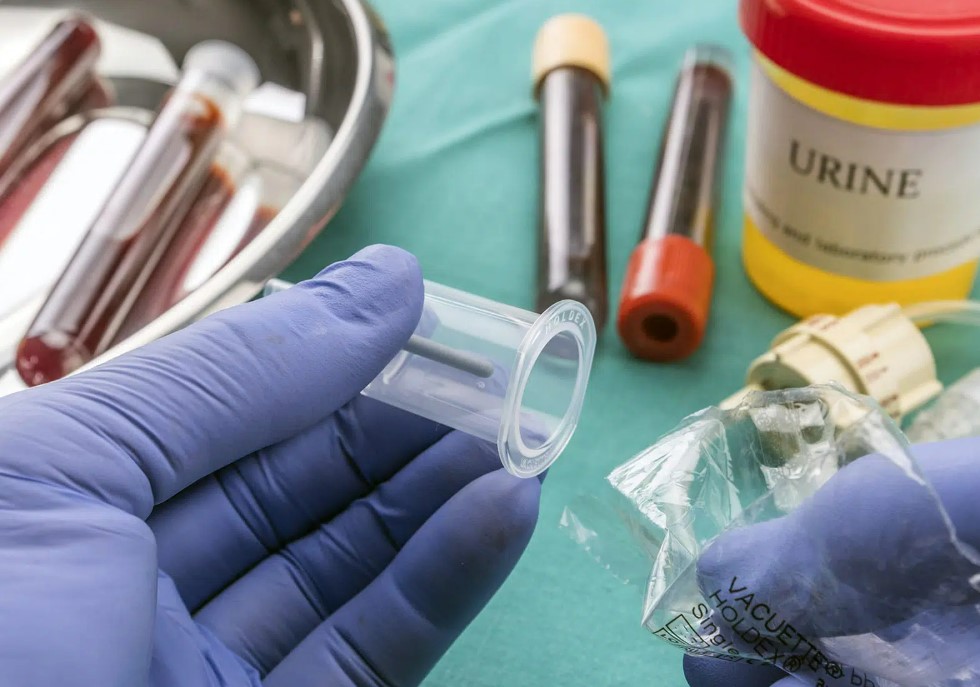
The determination of toxic metals Hg, As and Sb in biological samples of humans is an important clinical screening procedure. Exposure to these metals from the diet, local surroundings and industrial & occupational processes can lead to serious and significant health issues.
Conversely Selenium (Se) is an essential element playing an important role in many metabolic processes. At elevated concentrations, however, Se has detrimental health effects and so clinical testing here determines both possible over exposure and deficiencies.
The most common clinical sample matrices that are analysed are blood and urine, but other samples, such as hair, fingernails and even bone may be evaluated.
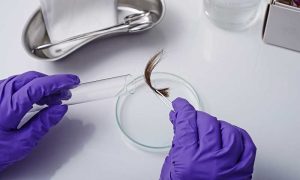
Analysing the total concentration of these elements is important but, by no means, the whole story. Biological transport and toxicological properties critically depend on the form (species) in which they occur in the sample. As a consequence, trace element speciation, particularly for these toxic trace elements, is nowadays considered of major importance to establish more accurate risk factors for clinical health.
Atomic Fluorescence Spectrometry (AFS) Laboratory Analysers
Coupling Atomic Fluorescence Spectrometry (AFS) with either cold vapour generation or hydride generation has been PSA’s core competency for over 35 years. With the addition of analyte separation capabilities (which is becoming more routine) allowing for speciation studies, PSA offers powerful analytical tools to help contract laboratories, research teams and regulators alike with these clinical determinations.
Millennium Merlin (MM) & Excalibur
10.025 Total Hg - 10.055 Total As, Se, Sb, Bi & Te
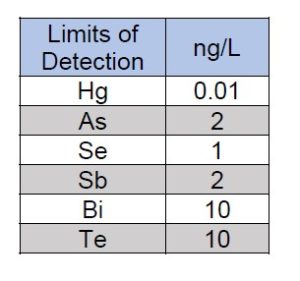
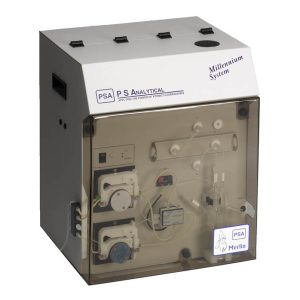
Key User Benefits:
- Wide dynamic range
- Low carryover - no flow cell
- Robust
- Easy to use and maintain
- Rapid return on investment
- Autosampler options
Atomic Fluorescence Spectrometry (AFS) Environmental Applications:
- Sample Matrices include blood, plasma, urine, hair, fingernails, bone, tissue
Mercury in Clinical Samples
Blood mercury concentrations rapidly increase immediately after or during exposure. Analysis, therefore, needs to take place quickly to gain meaningful results. Organomercury species (the most toxic form) may be present in blood samples at relatively high concentrations compared to a urine sample from the same patient. Mercury concentrations in urine are very stable and sampling is much easier as it is non-invasive and urine acts as a good biomarker for those exposed to elemental or inorganic mercury compounds.
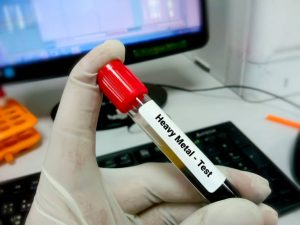
Hair readily incorporates methylmercury during formation, and the concentration is directly proportional to the concentration in the blood. Once incorporated into hair, the concentration remains fixed and stable for many years and forms a record of historical exposure.
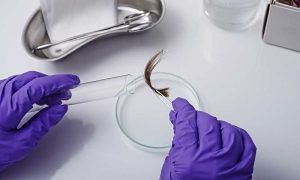
Table 1: Total Mercury in Clinical Samples. Example Data:
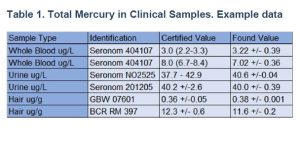
Arsenic, Selenium, Antimony and Bismuth in Clinical Samples
Tests are carried out on a variety of sample matrices to establish exposure and toxic concentrations, or in the case of Se, often to understand clinical element deficiencies. The type of sample matrix chosen for analysis act as biomarkers and can indicate current or historical element exposure.
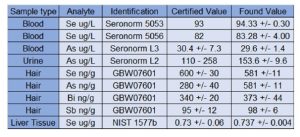
AFS Speciation Studies
Metal transport and toxicological properties of these elements critically depend on the form (species) in which they occur in the sample. As a result, trace element speciation, particularly for toxic trace elements, is nowadays considered of major importance.
To increase the range of applications, including speciation studies, we employ a configurable chromatographic front end; the Modular Interface (MI), which is equipped with LC pump, injection valve, UV cracker, heater and cooling modules. This simple interface couples directly to the Millennium Merlin for seamless speciation determinations.
Modular Interface (MI) 10.820
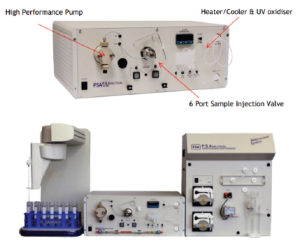
Examples from our applications library
• Inorganic and methylmercury speciation
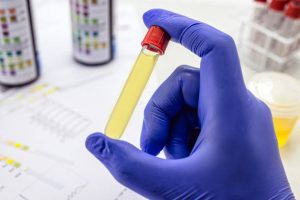
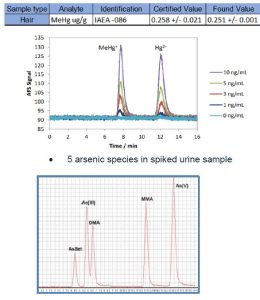
This article is contributed by P S Anlaytical.
Nexus Analytics is appointed as an exclusive distributor by P S Anaytical in Malaysia and Singapore. We have vast experience in trace metals, mercury & metalloids analysis and offer powerful analytical tools to help contract laboratories, research teams and regulators alike with these determinations.
Book a free demo with us now!
Please fill up the form below. Our team will contact you as soon as possible. Thank you
